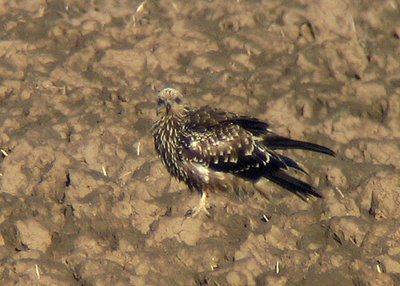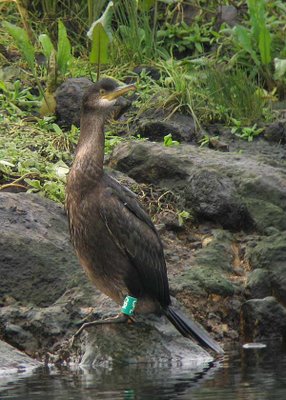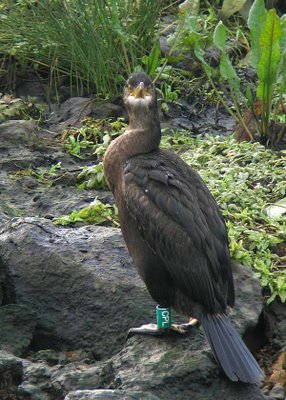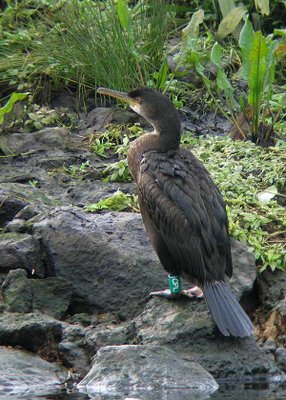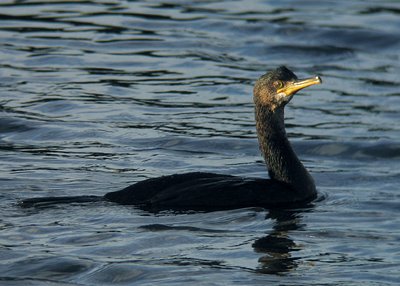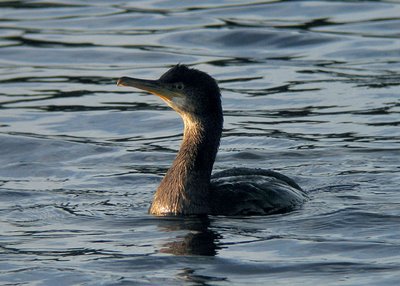Extracts from Bird Watching, November 2006. It's the one with this cover:
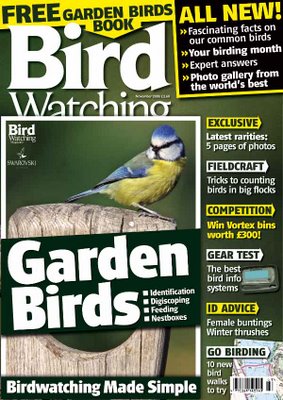
Miracles are good.They make our lives a little bit happier. I’m not talking about the miracle of how a Pallid Harrier can stray to Winterton-on-Sea, or the miracle of how my wife let me spend a whole Sunday looking for it. I’m talking about far more fundamental bird miracles than that.
Somehow, the miracle of birth – or hatching from an egg – strikes a strong chord with us birdwatchers. It is truly astonishing how, hidden within a calcified cocoon, a mass of cell divisions can transform a bunch of fluids into a feathered bird, beak and all, ready for the real world.
Last month was one of those birdwatching occasions when I hadn’t run away from family life, and the whole Weedon clan (husband, wife, four-year-old son and seven-year-old daughter) were on holiday in north Norfolk (naturally). Where better for a family day out than Cley? It’s not just one of the best sites for rare birds in the country, it is also a brilliant place to see birds at close quarters – very useful with a four-year-old in tow.
From the visitors’ centre we crossed the road to the boardwalk and soon noticed a Little Grebe in the ditch, on full show. Dabchicks are usually pretty shy creatures, so this was a good start. But things got better when it became clear that its mate was on a nest in the open, just off the near bank.
We stood and watched and I dibbled in some digiscoping – after all, it isn’t every day you get such good close views of these secretive birds.
A bit of whinnying contact calls and a changing
of the parental guard revealed (to even the smallest Weedon) that the sitting bird was on a group of three matt-brown eggs – like dull pebbles on a bed of bright green water weed.
A couple of days later, we returned to Cley and straight away made a beeline for the Dabchicks, to see how they were faring (and to try some more photos, perhaps). I was surprised to see top bird photographer David Tipling on the boardwalk taking photos of the grebes. I reckoned that nest shots were not his typical targets, but he wasn’t there for bird-on-egg pictures – he was there because a miracle had happened, and there is nothing cuter than the tender interaction of new-born fluffy, baby and proud new parent.
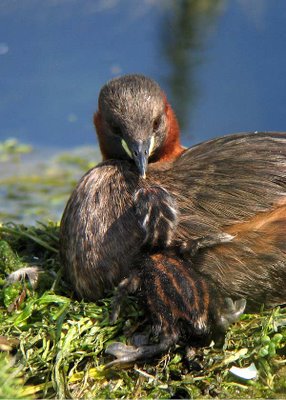
The Dabchicks had hatched a tiny humbug-striped chick of their own and we were witnessing its first clumsy hours in the fresh air, free from the confines of the eggshell. The baby had swapped the snug egg for the almost-as-cosy feathers of its parent’s back, and was snuggled under the adult’s wing. Just occasionally, the fluffy, new-born fidget would poke its head out to see the world, or would roll off and have to scramble back up.
Meanwhile, the other parent was diving for anything from little grubs to giant dragonfly nymphs feed its new charge – wonderful stuff.
Two days later, and we were back to check on the grebes. At first, no baby could be seen on the back of the sitting adult. Had the poor thing died while waiting for its siblings to hatch? We worried. Then came a whinny and a change of the guard – three little humbugs tumbled off the back of the standing bird and fell into the nest below.
Three little miracles of nature, alive and cheeping, were sat in the nest.








